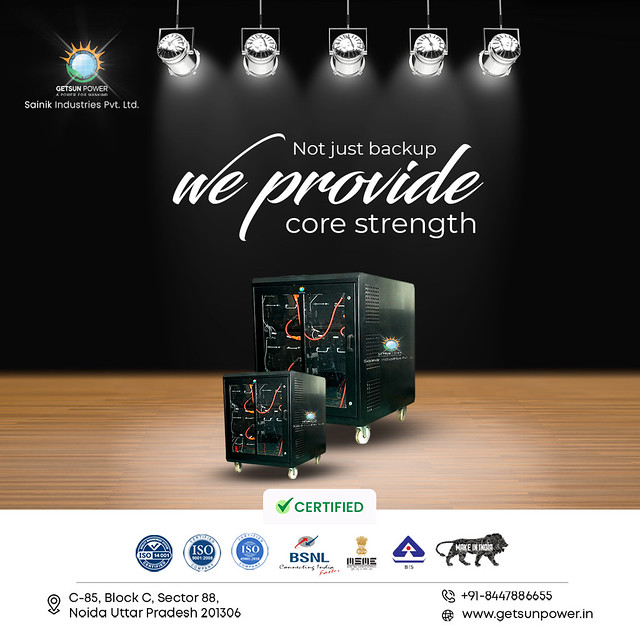Lithium Ion Battery
Lithium Ion Battery
Manufacturing Process:
The manufacturing process of a Lithiu Lithium Ion Battery m Ion Battery involves several steps. Firstly, the ele Lithium Ion Battery ctrode materials are prepared by coating thin layers of lithium compounds onto metal foils such as aluminum and copper. The electrolyte solution, which acts as a medium for ion transfer, i Li-ion battery s then prepared using lithium salts dis Lithium Ion Battery solved in an organic solvent. Next, the electrodes and electrolyte are assembled into a cell structure and sealed to prevent leakage. Finally, the cells ar Lithium Ion Battery e subjected to various tests and quality checks before being packaged for distribution.
Characte

ristics and Advantages:
Li-ion batteries have gained popularity due to their high-energy density, which means the

y can store more energy in a smaller volume compared to other battery technologies. This makes them ideal for portable electronic devices like smartphones, laptops, and el

ectric vehicles where space is limited. Additionally, Li-ion batteries have low self-discharge rates and a longer cycle life compared to traditional recharg Lithium Ion Battery eable batteries.
Usage:
To use a Lithium Ion Battery effectively, it is important to follow certain guidelines. Fi Lithium Ion Battery rstly, ensure that the battery is charged fully before initial use as this improves its overall p High-energy density battery erformance and lifespan. It is also recommended not to overcharge or completely discharge the battery regula Lithium polymer battery rly as this can degrade its capacity over time.

